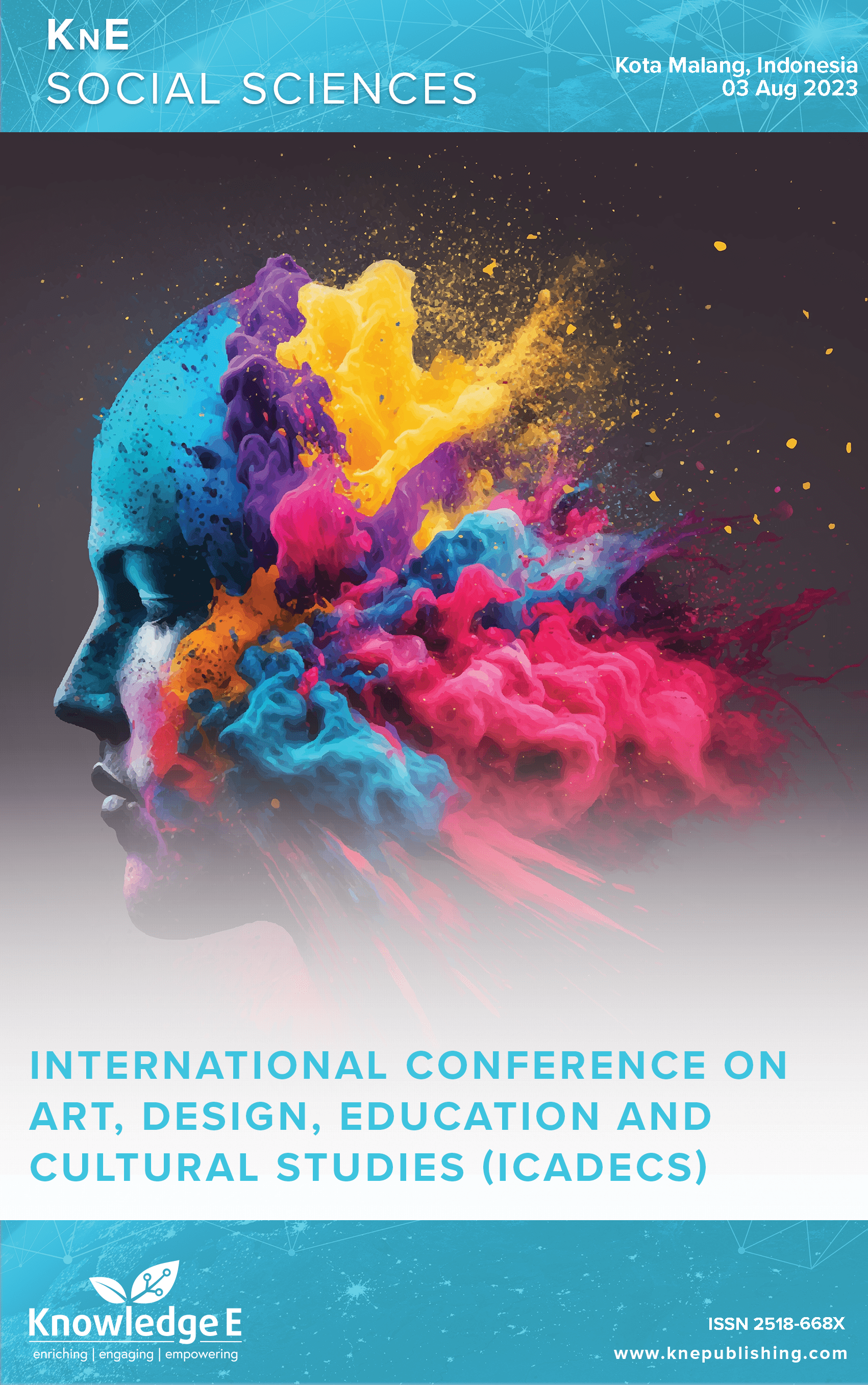Cross-Cultural Mediators in Resolving Conflicts in Indonesia
DOI:
https://doi.org/10.18502/kss.v9i15.16212Abstract
This article focuses on the role of cross-cultural mediators in resolving conflicts related to cultural violence in Indonesia and provides an overview of the cultural context in Indonesia and the factors that contribute to the prevalence of cultural violence. The article then discusses the role of cross-cultural mediators in facilitating dialogue and promoting understanding between different cultural groups. Using a qualitative research methodology, the article explores the experiences of cross-cultural mediators working in different parts of Indonesia. Diverse references like literature, academic papers, scientific publications, dissertations, and similar materials concerning delicate cultural aspects, categorization of aggression within Indonesian society, and elements impacting the development of a violent culture are mentioned within the paper. The article highlights the challenges and opportunities that mediators face in their work, including the need to build trust and develop effective communication strategies. The article argues that cross-cultural mediation can be an effective tool for resolving conflicts related to cultural violence in Indonesia. The article emphasizes the importance of developing culturally sensitive and context-specific mediation strategies that take into account the unique cultural and historical factors that contribute to violence in different regions of the country. In conclusion, the article highlights the need for greater support for cross-cultural mediators in Indonesia, including training and capacity-building programs, as well as increased awareness and recognition of the important role that mediators play in promoting peace and resolving conflicts related to cultural violence. The article argues that cross-cultural mediation has the potential to contribute to building a more peaceful and just society.
Keywords: cross culture, mediation, conflict, resolution
References
“UNESCO Universal Declaration on Cultural Diversity - Legal Affairs.” Accessed: Dec. 01, 2023. [Online]. Available: https://www.unesco.org/en/legal-affairs/unescouniversal- declaration-cultural-diversity
M. B. Brewer and S. L. Gaertner, “Toward reduction of prejudice: Intergroup contact and social categorization,” Blackwell Handb. Soc. Psychol. Intergroup Process., pp. 451–472, 2003. DOI: https://doi.org/10.1002/9780470693421.ch22
W. G. Stephan and C. W. Stephan, “An integrated threat theory of prejudice,” in Reducing prejudice and discrimination, Psychology Press, 2013, pp. 23–45.
E. Behounek and M. Hughes Miller, “Negotiating violence in family law mediation,” J. Aggress. Confl. Peace Res., vol. 14, no. 1, pp. 73–95, 2022. DOI: https://doi.org/10.1108/JACPR-02-2021-0582
M. N. Adlini, A. H. Dinda, S. Yulinda, O. Chotimah, and S. J. Merliyana, “Metode penelitian kualitatif studi pustaka,” Edumaspul J. Pendidik., vol. 6, no. 1, pp. 974– 980, 2022. DOI: https://doi.org/10.33487/edumaspul.v6i1.3394
J. C. Turner, “Self-categorization theory and social influence,” Phychology Group Influ., pp. 233–275, 1989.
A. Y. Pratama, Stres Akulturasi: Tantangan Budaya Kelompok Urban. Suluah Kato Khatulistiwa, 2023.
C. Ward, S. Bochner, and A. Furnham, Psychology culture shock. Routledge, 2020. DOI: https://doi.org/10.4324/9781003070696
T. Ryabichenko and N. Lebedeva, “Motivation for ethno-cultural continuity as a predictor of acculturation and adaptation in two generations of Latvian Russians,” J. Cross-Cult. Psychol., vol. 48, no. 5, pp. 682–697, 2017. DOI: https://doi.org/10.1177/0022022117698041
S. Sani, “The Role of Intercultural Mediation in the Integration of Foreign Students,” Procedia - Soc. Behav. Sci., vol. 191, pp. 2582–2584, Jun. 2015, doi: 10.1016/j.sbspro.2015.04.285. DOI: https://doi.org/10.1016/j.sbspro.2015.04.285
“Intercultural Mediation and Conflict Management Training: A Guide for Professionals and Academics SpringerLink.” Accessed: Dec. 01, 2023. [Online]. Available: https://link.springer.com/book/10.1007/978-3-030-51765-6
“Women’s Access To Justice: Mediation For The Victims of Domestic Violence In Central Java, Indonesia Sukendar Samarah: Jurnal Hukum Keluarga dan Hukum Islam.” Accessed: Dec. 01, 2023. [Online]. Available: https://jurnal.arraniry. ac.id/index.php/samarah/article/view/9471
“The other side of resistance: Challenges to inclusivity within civil society and the limits of international peace mediation - Jamie Pring, 2023.” Accessed: Dec. 01, 2023. [Online]. Available: https://journals.sagepub.com/doi/full/10.1177/ 00108367221137183?casa_token=0y1DgmfVkkoAAAAA%3AW1tEOofuMHuWCLJURIckuyZQ7
RPFHUfvVLbjgsQo4mq8Z7kILfAoYlatV96hVTlF6tpxweWQJZnAQ
S. F. Larragueta, M. Rodorigo, and J. F. Sierra, “Marga, an Intercultural Mediator in a Secondary Education Institute of Almeria,” Procedia - Soc. Behav. Sci., vol. 116, pp. 918–923, Feb. 2014, doi: 10.1016/j.sbspro.2014.01.320. DOI: https://doi.org/10.1016/j.sbspro.2014.01.320
M. Mecea, “Training in intercultural mediation in a multicultural university: contributions for fostering international stability,” AI Soc., vol. 31, no. 3, pp. 393– 399, Aug. 2016, doi: 10.1007/s00146-015-0602-y. DOI: https://doi.org/10.1007/s00146-015-0602-y

